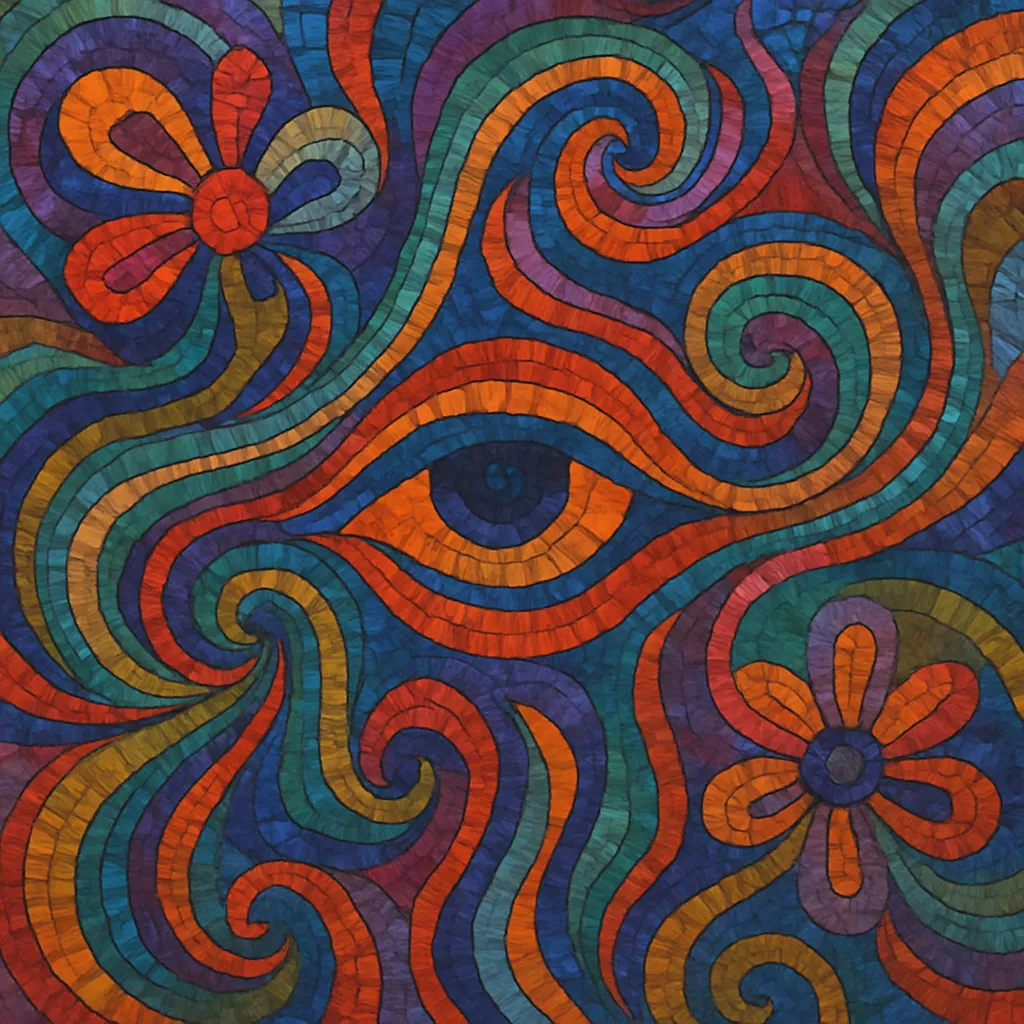
Psychedelic is an umbrella term for music that seeks to evoke, emulate, or accompany altered states of consciousness through sound, arrangement, and studio technique.
It emphasizes timbral color, drones, modal harmony, surreal or mystical lyrics, and immersive production, often using tape manipulation, extended effects, and non‑Western instruments (notably from Indian classical traditions). The result ranges from delicate, dreamlike textures to dense, kaleidoscopic soundscapes intended to expand perception and dissolve conventional song form.
Psychedelic music emerged in the mid‑1960s as rock, folk, and pop musicians began drawing on Indian classical music, modal jazz, avant‑garde tape practices, and the experiential culture surrounding hallucinogens. Bands in the US (notably the San Francisco scene) and the UK explored drones, raga‑like improvisations, and studio experiments such as reverse tapes, varispeed, and extreme panning.
By 1966–1968, psychedelic aesthetics spread rapidly across rock, pop, and soul. Iconic albums and singles introduced saturated timbres (fuzz, phasing, Leslie speaker swirl), dream logic lyrics, and elaborate studio craft. Psychedelic became both a live improvisational practice and a recording art, catalyzing album‑oriented listening and the concept of the studio as an instrument.
Entering the 1970s, psychedelic ideas splintered: some artists pursued heavier, riff‑centric directions (proto‑stoner), others expanded into long‑form structures (progressive rock), motorik trance (krautrock), and spacious, atmospheric forms (ambient and space rock). Later waves—neo‑psychedelia and dream pop—reframed the palette with new technologies, while shoegaze and post‑rock absorbed its textural and hypnotic aspects. Psychedelic thus persisted less as a single style than as a recurrent attitude toward sound, perception, and studio experimentation.

